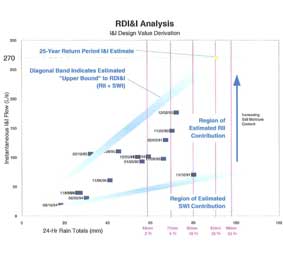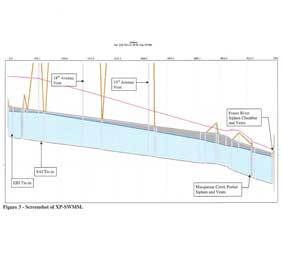
Odour & Air Management Studies – Key Tool in Determining Effective Odour Control Solutions

Project Highlights
2011 Public Works Association of British Columbia
Sewer odours from pump stations, force main discharge points, and manholes have been a costly problem for many municipalities. Understanding the air and sewer dynamics within the sanitary sewer system is essential to identifying the cause of odour in sewer systems, and to developing cost-effective odour control solutions. Local pressurization of the air space above the sewage in a sewer results in odorous air being expelled at manholes and vents. The conventional solution has been to either seal manholes at these locations or install carbon scrubbers. This, however, increases the pressurization within the overall system and causes air to be expelled elsewhere, potentially shifting the odour problem to a new location. This reactive solution wastes millions of dollars for the municipal wastewater industry because it compounds rather than solves the problem.
Completing an odour and air management study is critical in determining the cause of the odour complaints from the sewer system. Once the source or cause is identified there are a number of effective alternative options to address these issues. One such solution is to install active odour control facilities (OCF). Often one or two appropriately sized and well located OCFs are sufficient to address the odour issues for entire sewage areas. The Highbury Interceptor in Metro Vancouver is an example of this. Numerous carbon scrubbers had been installed to address resident complaints; however, this method did not resolve the local issues, and was proving to be a costly exercise. An odour and air management study determined the root cause of the odour emissions, and proposed a solution that would eliminate the problems, and reduce the overall operating cost.





